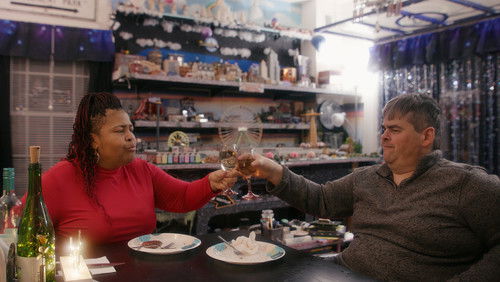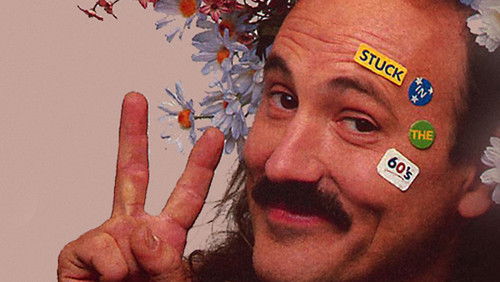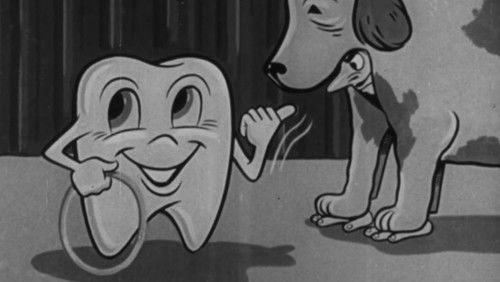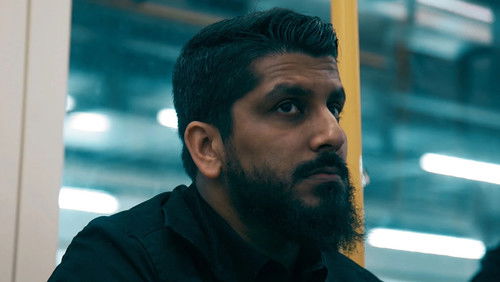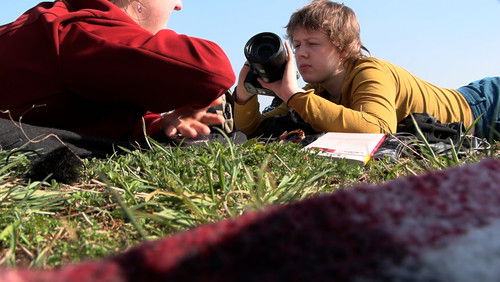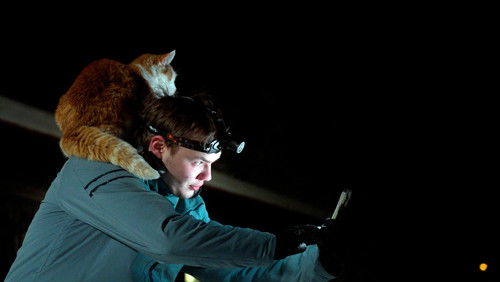Stro: The Michael D'Asaro Story (2020)
9KStro: The Michael D’Asaro Story: Directed by Gregory Lynch Jr., Doug Nichols. With Bob Bailey, Robert Blum, Vincent Bradford, Peter Burchard. Michael D’Asaro was a world ranked saber fencer before becoming a collegiate championship coach. He was a man constantly in search of reinvention who taught life lessons through the medium of fencing.
“Greetings again from the darkness. I would have not guessed a fencing movie could hold my attention. Iu0026#39;d have been wrong. But then, this isnu0026#39;t so much a fencing movie as it is the story of the legacy of Michael Du0026#39;Asaro, a former world class fencer and coach. Co-directors Gregory Lynch Jr and Doug Nichols previously collaborated on another fencing documentary entitled THE LAST CAPTAIN (2017), and itu0026#39;s clear they are familiar with the sport and its history.u003cbr/u003eu003cbr/u003eBeginning your film with a philosophical Carl Jung quote immediately sends the message that this is an unconventional sports project. In fact, psychology and philosophy played a key role in the success of Michael Du0026#39;Asaro throughout his career, and his approach and style evolved greatly as he aged. He believed one could learn all of lifeu0026#39;s lessons through fencing.u003cbr/u003eu003cbr/u003eFor those of us not as schooled on fencingu0026#39;s finer points, the directors are kind enough to serve up a quickie education, with a key point being the three weapons used in completion: Foil, Epee, and Sabre. Each of the weapons has its own set of rules and demands its own particular skill set. Rare is the fencer who excels at all three. And yes you are correct, Michael Du0026#39;Asaro was one of these. We hear from many of his teammates and pupils, and the descriptions are pretty consistent. Du0026#39;Asaro had his own aggressive style. There was an u0026quot;edgeu0026quot; to him, and he fought with fierceness.u003cbr/u003eu003cbr/u003eMuch of the film is structured like a standard biopic, with Du0026#39;Asarou0026#39;s sister, son, and ex-wife (and fellow fencer) recollecting bits and pieces of the life of this Brooklyn boy. We learn his own mother nicknamed him u0026quot;Chubbyu0026quot; and he was part of a street gang, which is why he initially had an interest in fencing – he hoped it would fine-tune his knife fighting. Du0026#39;Asaro was certainly no choir boy, and we hear about his hard partying (drugs and alcohol), and get a timeline of his ups and downs involving the Olympics, Pan Am games, the U.S. Army, his hippie years on Haight-Ashbury, and his re-birth at Hans Halberstadt Club, which led to his coaching gig at San Jose State.u003cbr/u003eu003cbr/u003eSpeaking of psychology, itu0026#39;s fascinating to read the body language of Al Morales as he recalls his rivalry with Du0026#39;Asaro, and learning of Du0026#39;Asarou0026#39;s Polish mentor, Jerzy Pawlowski, often referred to as the greatest fencer of all-time. By the end, we realize Du0026#39;Asaro lived an interesting life, most of it on his terms. Despite all his wins u0026#39;on the stripu0026#39;, and the fact that he beat colon cancer, a brain tumor finally proved too much – although it may have led to his finding peace as a person, and with his legacy of performance, coaching, and impacting womenu0026#39;s sports.”

